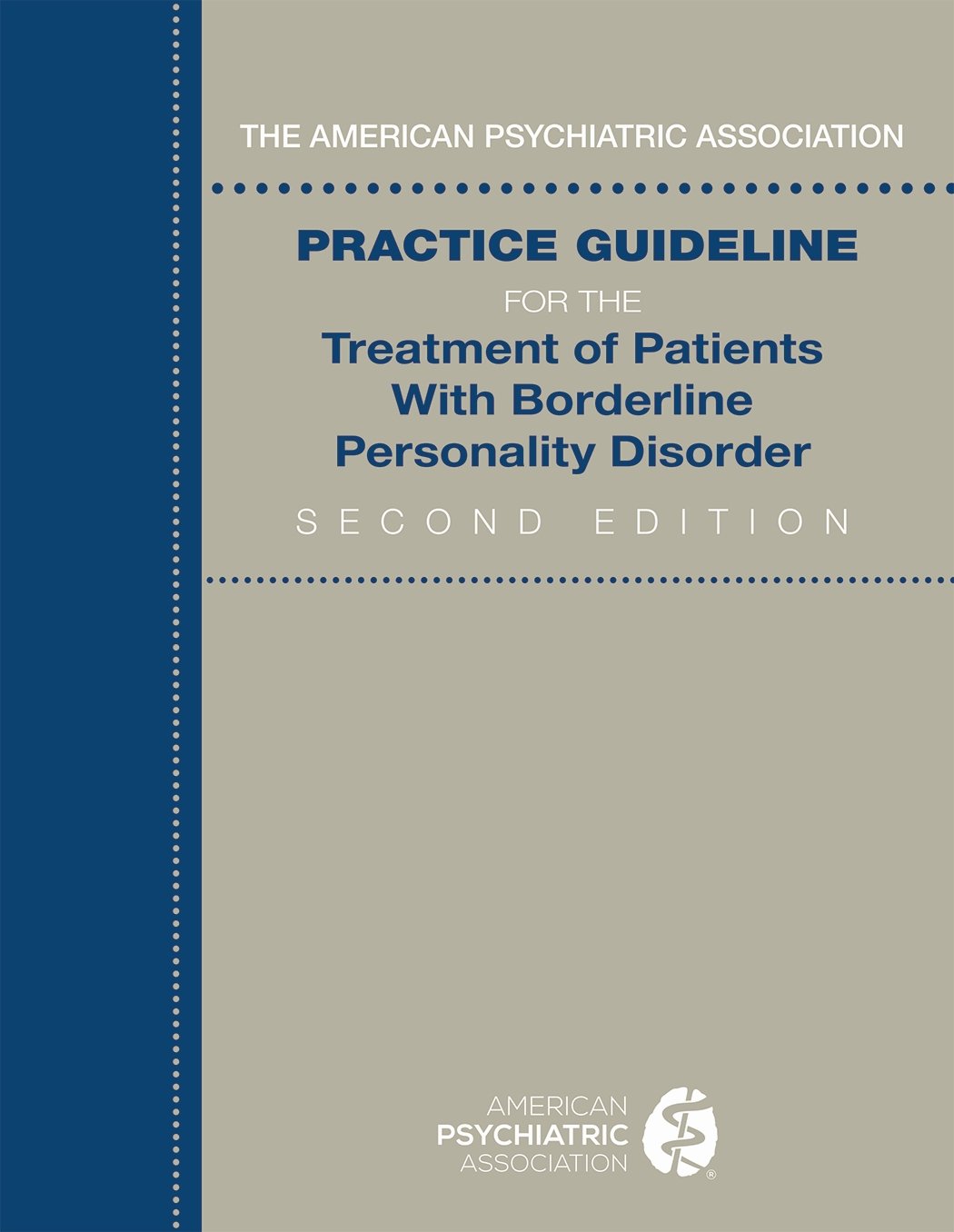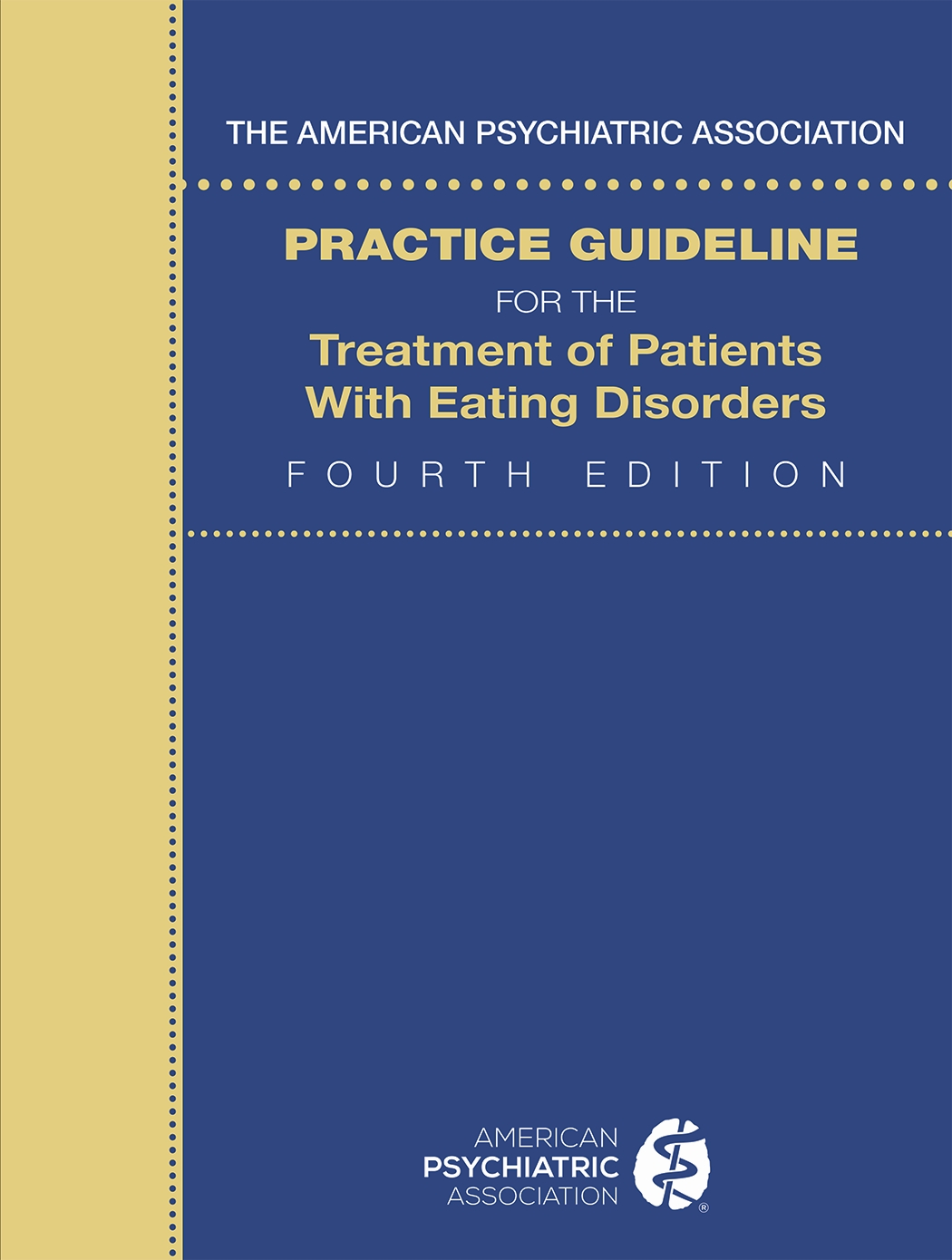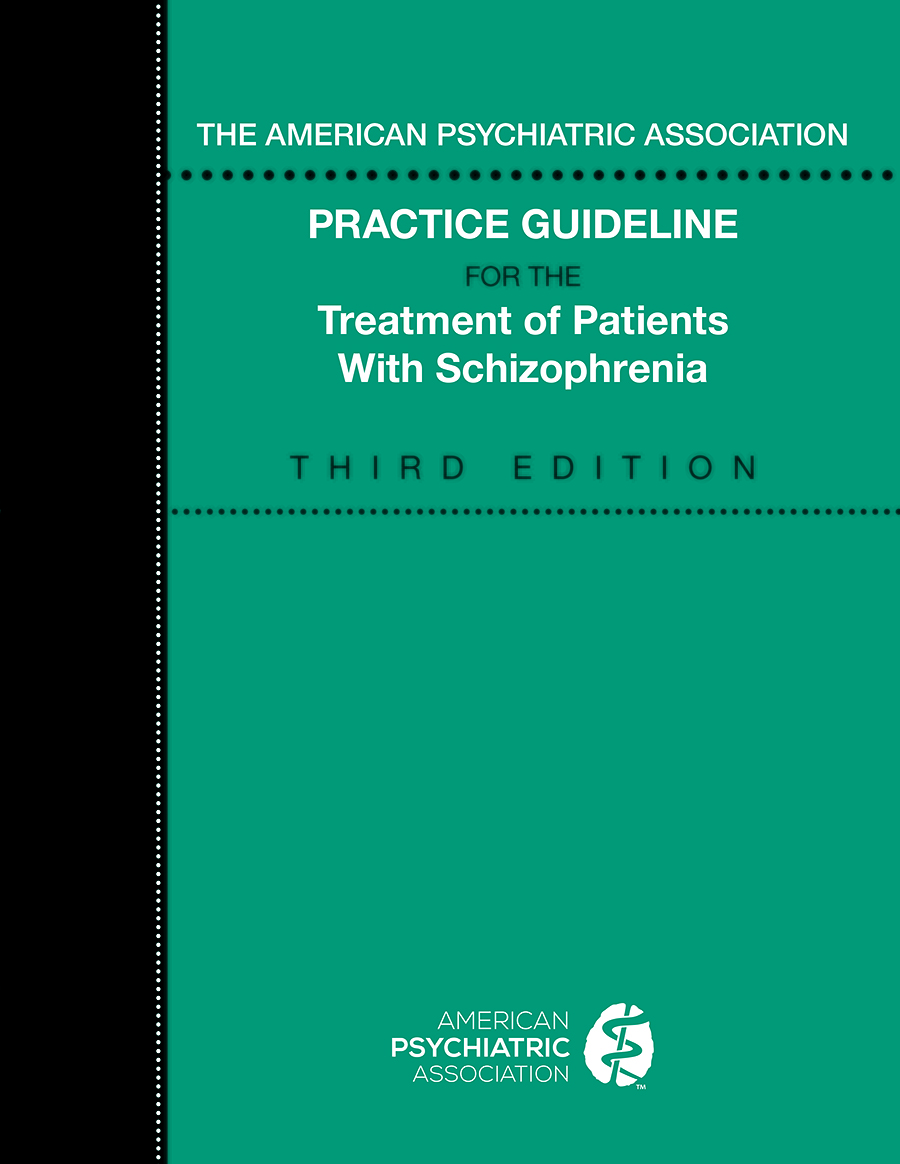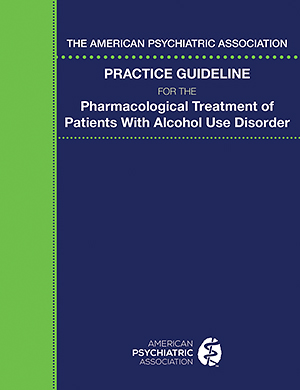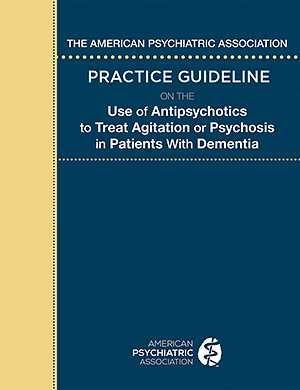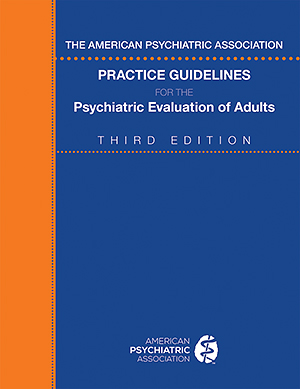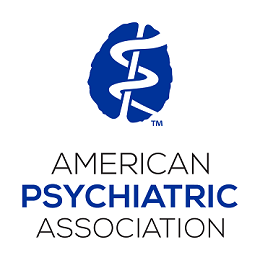
American Psychiatric Association Practice Guidelines
American Psychiatric Association (APA) practice guidelines provide evidence-based recommendations for the assessment and treatment of psychiatric disorders. Practice guidelines are intended to assist in clinical decision making by presenting systematically developed patient care strategies in a standardized format.
In 2011, APA adopted a new guideline development process to align with recommendations of the Institute of Medicine published in March 2011. Steps in the development process include establishing transparency, managing conflicts of interest, composing work groups, using systematic reviews of evidence, articulating and rating recommendations in guidelines, obtaining external review, and updating. For additional information regarding the new process and a list of the current membership of the APA Steering Committee on Practice Guidelines, please visit the American Psychiatric Association.
Current Guidelines (View All)
The American Psychiatric Association Practice Guideline for the Treatment of Patients With Borderline Personality Disorder, Second Edition
The American Psychiatric Association Practice Guideline for the Treatment of Patients With Borderline Personality Disorder reviews current evidence and provides evidence-based statements that are intended to optimize the treatment of BPD. The guideline focuses on evidence-based treatments and includes additional information on assessment and treatment planning, which are an integral part of patient-centered care. It describes approaches to implementing recommendations and suggestions in clinical practice. By providing up-to-date knowledge, the guideline aims to help clinicians feel more confident in their skills for treating patients with BPD, thereby improving the care and well-being of their patients.
APA Practice Guidelines Legacy Collection (PDF)
-
Acute Stress Disorder and Posttraumatic Stress Disorder
-
Alzheimer's Disease and Other Dementias
-
Bipolar Disorder
-
Obsessive-Compulsive Disorder
-
Panic Disorder
-
Substance Use Disorders
-
Suicidal Behaviors
Practice Guidelines

APA's practice guidelines focus on a set of discrete clinical questions of relevance to an overarching subject area. A systematic review of evidence is conducted to address these clinical questions and involves a detailed assessment of individual studies.
Available in Paperback and eBook
Clinical Practice Guidelines
Please visit psychiatry.org/guidelines for additional APA Practice Guideline materials including CME opportunities, clinician pocket guides, training slides, and more.
CME
Guidelines: Evidence in Practice
CME courses on the APA Education Online Website target clinical application of guideline recommendations. Earn between 5 and 8 hours of AMA PRA Category 1 Credits™ per course.
Resources
Understanding and Improving Mental Health
To find out more about mental health related issues and topics, please visit the American Psychiatric Association.
AACAP
APA guidelines describe treatment of adult patients. For the treatment of children and adolescents with psychiatric disorders, practice parameters are available from the American Academy of Child and Adolescent Psychiatry.
Permissions, Licensing & Reprints
APA makes the practice guidelines freely available here to promote their dissemination and use; however, copyright protections are enforced in full. No part of these guidelines may be reproduced except as permitted under section 107 and 108 of the United States Copyright Act. For permission for reuse, visit our Permissions and Licensing center.
